Chilean art encompasses a rich history, from pre-Columbian expressions to the colonial period blending European techniques with indigenous culture. During the colonial era, Jesuit influences and the Quito School played pivotal roles, shaping religious-themed artworks.
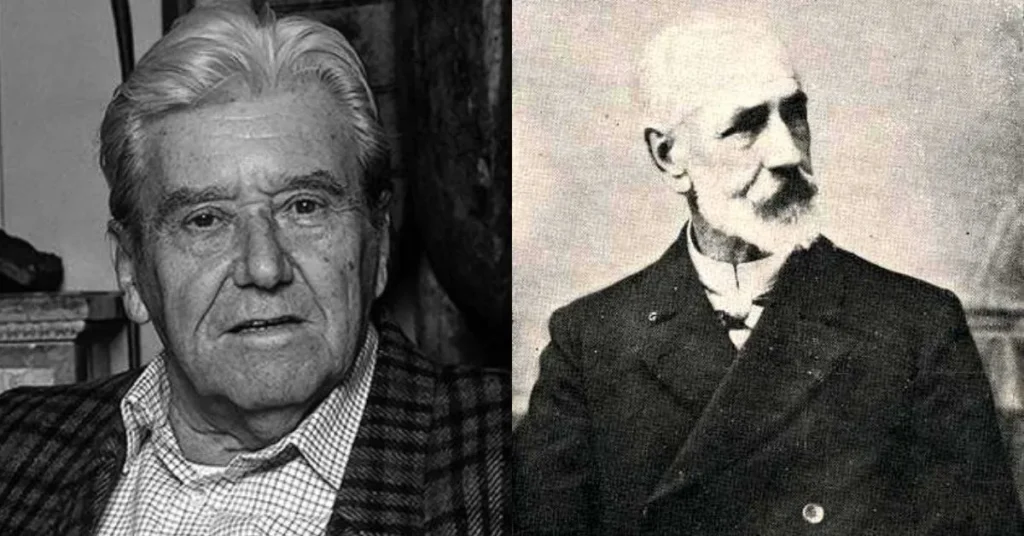
The 19th century witnessed the emergence of “Traveller-Artists,” influencing Chilean style with varied themes. In this blog post, we will take a look seven most famous artists from Chile every art fan needs to know.
Roberto Matta
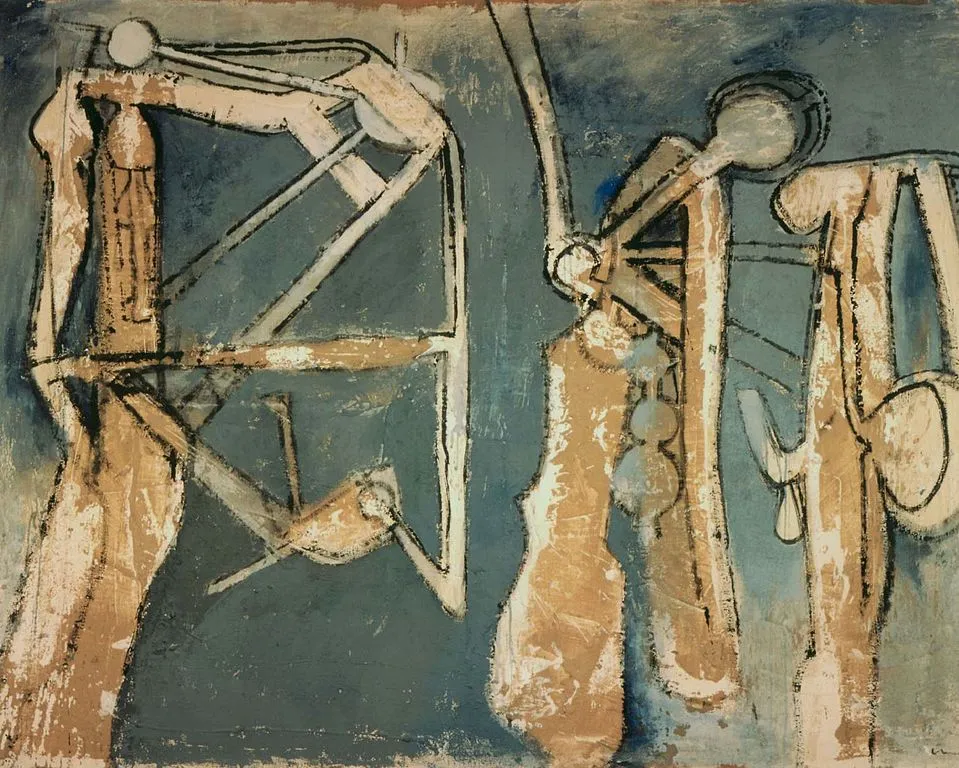
Roberto Matta was born on November 11, 1911, in Santiago, Chile. He became a prominent figure in 20th-century abstract expressionism and surrealism. Studying architecture and design, Matta’s artistic journey was shaped during his travels in Europe and encounters with surrealist icons like René Magritte and Salvador Dalí.
Inspired by Freudian psychology, Matta’s transition to oil painting in 1938 marked the beginning of his distinctive style, featuring intricate patterns, distorted figures, and a fusion of organic and cosmic life forms known as biomorphism. He lived in the U.S. from 1939 to 1948, producing politically charged works reflecting global unrest.
Expelled from the Surrealist movement due to personal disputes, Matta continued to blend politics and abstraction in his art, supporting socialist causes. His impactful mural, “The First Goal of the Chilean People,” was tragically painted over during the Pinochet regime but later restored. Matta’s multidimensional artistic legacy spanned ceramics, photography, and video production until his death on November 23, 2002.
Pedro Lira
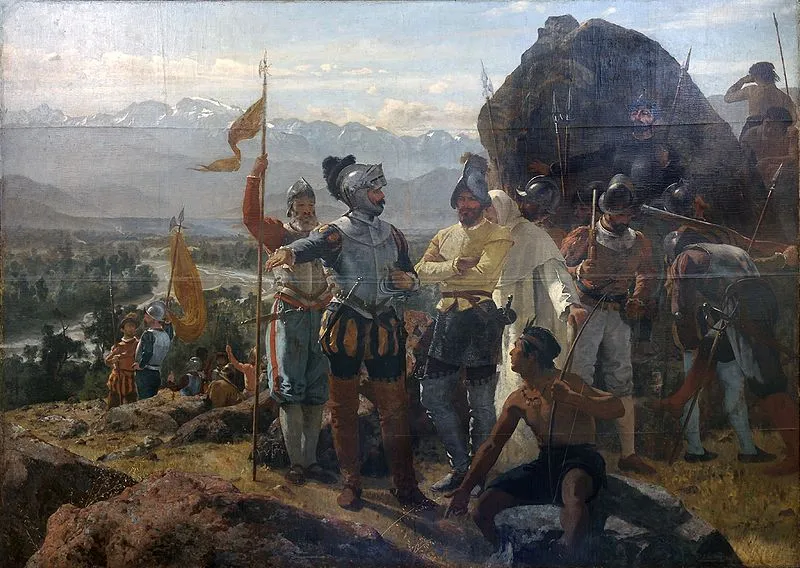
Pedro Francisco Lira Rencoret was a prominent Chilean painter and art critic, known for his influential role in shaping the country’s artistic scene. Born into wealth, he initially pursued law but abandoned it to follow his passion for painting.
Lira spent 11 years from 1873 to 1884 in France, influenced by Eugène Delacroix, and returned to Chile with a mission to establish a vibrant artistic community. He organized the first exhibition for Chilean painters, co-founded the “Unión Artística,” and played a pivotal role in creating the Chilean National Museum of Fine Arts.
Pedro Lira was appointed Director of the Academy of Painting in 1893, mentored emerging artists and contributed significantly to Chilean art and culture. His historical paintings even found a place on Chilean banknotes.
Henriette Petit
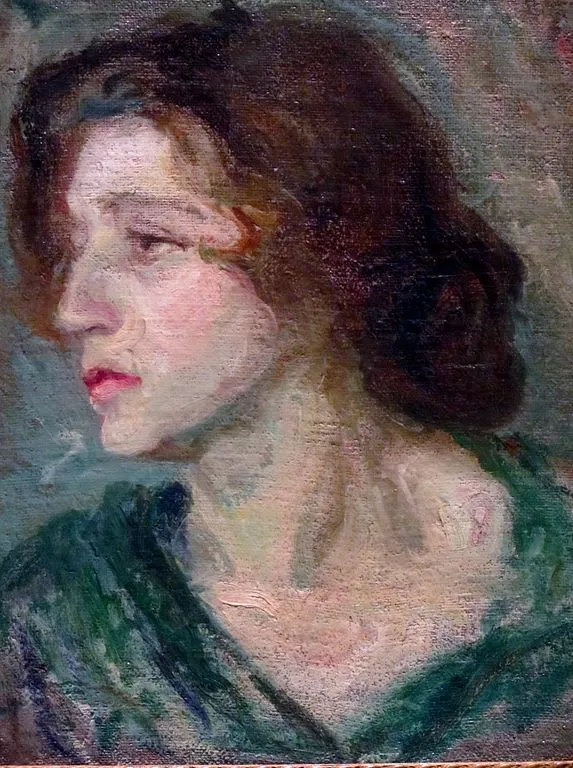
Born Ana Enriqueta Petit Marfan on March 3, 1894, Henriette Petit was a notable Chilean painter and co-founder of the avant-garde Grupo Montparnasse. Beginning her career in the early 1910s, Petit studied under Juan Francisco González, a revered figure in Chilean painting.
She joined the School of Fine Arts in 1914 and, after a European sojourn from 1920 to 1921, honed her skills under sculptor Antoine Bourdelle in Paris. In 1923, she became part of the Montparnasse group in Chile, contributing to the avant-garde movement influenced by Post-Impressionism and Fauvism.
Moving to Paris in 1926, she engaged with luminaries like Le Corbusier, Fernand Léger, and Pablo Picasso. Petit’s artistic production declined during World War II and she returned to Chile in 1941, facing challenges. Despite this, her impactful contributions continued until her death on December 9, 1983, in Santiago.
José Tomás Errázuriz

José Tomás Errázuriz Urmeneta was a distinguished Chilean landscape painter and diplomat. Born in Santiago in November 1856, he studied at the Academy of Painting, learning under Ernesto Kirchbach and receiving additional art classes in Paris.
In 1882, influenced by his wife Eugenia Huici, a noted interior designer and modernism patron, Errázuriz moved to Paris. Around 1900, the couple relocated to London, where Errázuriz embraced the characteristics of English painting.
Despite battling tuberculosis, he depicted European landscapes with meticulous attention to drawing and composition, avoiding the impressionist movement. Although a friend of realist painters like Giovanni Boldini, Errázuriz maintained his unique style.
Uninterested in commercial success, he sent most of his paintings to Chile in 1926 for a charitable auction. Errázuriz’s legacy endures through his vivid depictions of European landscapes.
Camilo Mori
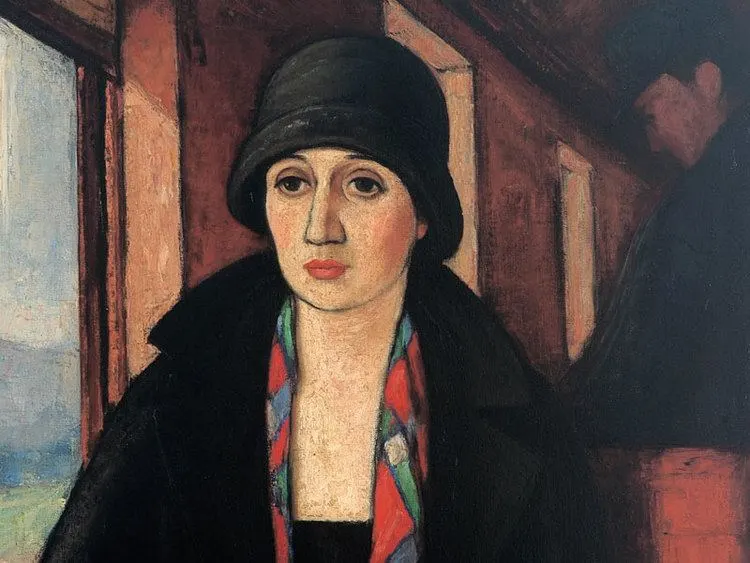
Camilo Mori Serrano was aN innovative Chilean painter and co-founder of the Grupo Montparnasse. Studying at the Escuela de Bellas Artes, he honed his skills under renowned masters and furthered his studies in Europe.
Influenced by encounters with Picasso, Juan Gris, and the works of Cézanne, Mori shifted from Realism to embrace various modern art styles. Returning to Chile, he co-founded Grupo Montparnasse, influencing the spread of European painting trends.
As the director of the National Museum of Fine Arts, he championed art initiatives. Mori’s vast contributions earned him the National Prize of Art in 1950. His multifaceted work traversed Post-Impressionism, Expressionism, Cubism, and Surrealism, consistently characterized by a profound treatment of color.
Gracia Barrios
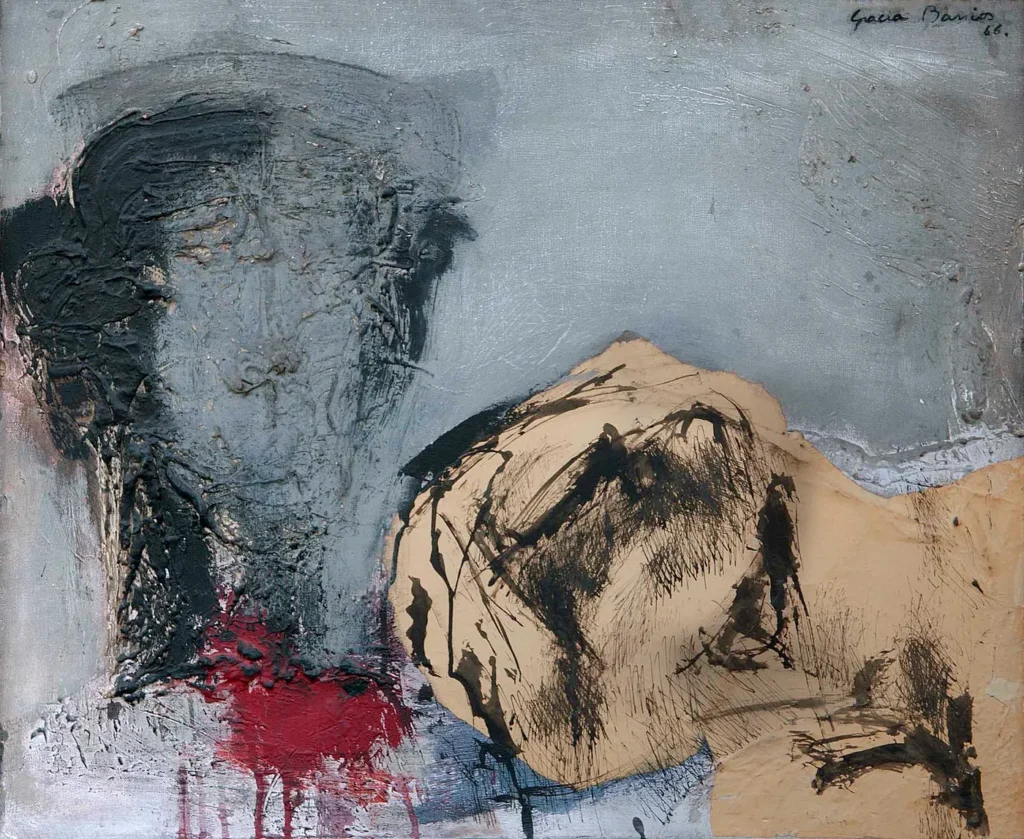
Born on June 27, 1927, Gracia Barrios Rivadeneira was a celebrated Chilean painter and the recipient of the 2011 National Prize for Plastic Arts. Born to writer Eduardo Barrios and pianist Carmen Rivadeneira, her artistic journey began under painter Carlos Isamitt and continued at the School of Fine Arts, University of Chile.
As a member of Grupo Signo, Gracia Barrios challenged post-impressionism in the 1960s. After the 1973 coup, Barrios went into exile in France, before eventually returning to teach and leaving a lasting impact on Chilean art. Her work, characterized by “informal realism,” explored human conditions, war, indigence, and exile. Barrios passed away at 92 due to COVID-19.
Onofre Jarpa
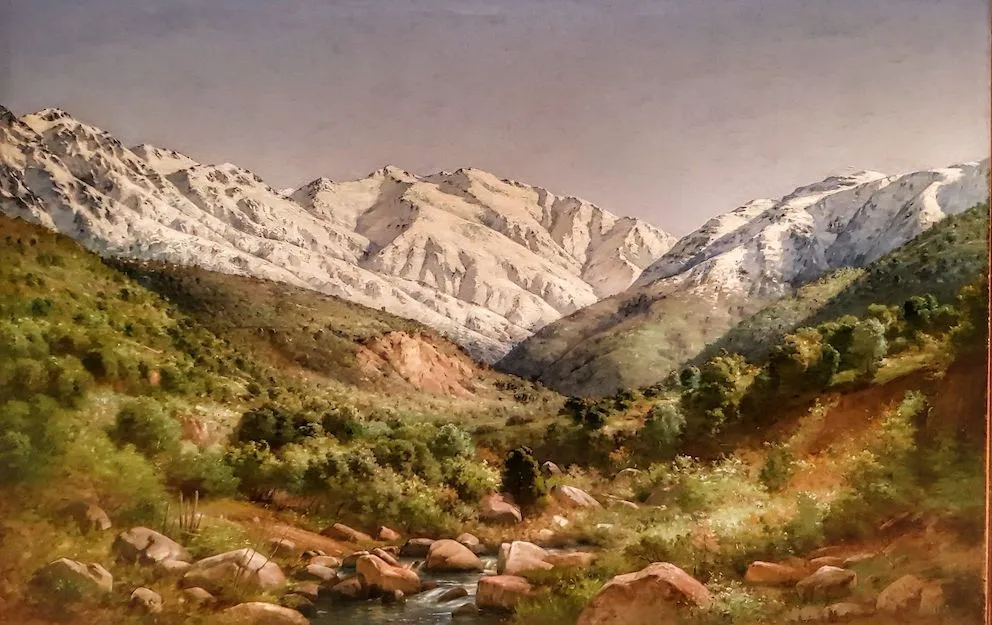
Onofre Jarpa Labra was a renowned Chilean landscape painter of the Romantic style and an essayist on artistic topics. Educated at the Instituto Nacional and the Academy of Painting in Santiago, directed by Alejandro Ciccarelli and later Ernst Kirchbach, Jarpa embraced a more progressive approach.
Winning accolades at international exhibitions in Santiago, he earned a government grant to study in Europe, notably under Francisco Pradilla in Spain. Influenced by Naturalism during his Venice stay, he later painted scenes from the Holy Land.
A dedicated teacher, Jarpa resisted French Impressionism trends, leaving behind landscapes, still lifes and portraits in a style that remains treasured in private collections.
Also Read: Puerto Rican Painters:7 Most Famous Artists From Puerto Rico
